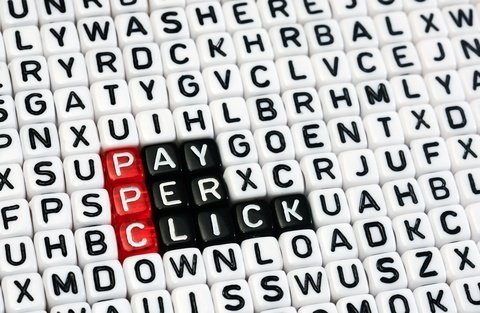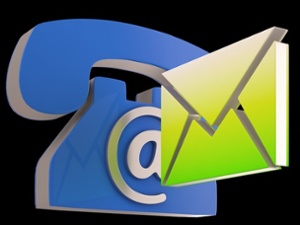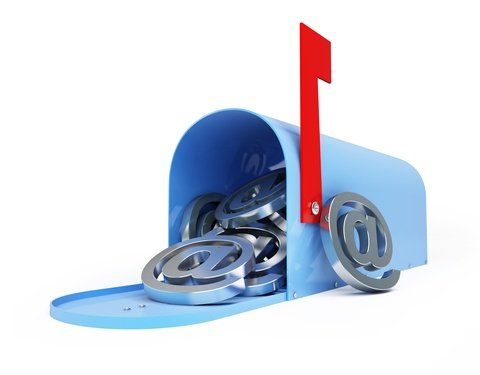How to Convert Website Visitors into Leads
Focus on the right metrics
Focussing on the number of visits to your website is a useful metric to track, but on it's own it won't necessarily tell you how well your website is performing. To give you an example, one of our clients supplies kitchen splashbacks to kitchen companies, architects and property development companies across the UK.
What is Local SEO Marketing?
Marketing your business online gives you the opportunity to reach anyone with an internet connection, but for many businesses they are looking to reach only those within a geographical area. These types of ‘local’ business include things like:
- Hairdressers and beauty salons
- Bars
- Restaurants
- Trades
- Cinemas
- Leisure facilities
- Car service centre
And many more…
In fact, any business where people aren’t willing to travel outside of the local area or people visiting a specific area and are looking for local facilities are included. So if you have a local salon in Hertfordshire, then it's important to make it clear on your website that you service that particular area of the country.
Why You Should Outsource Online Lead Generation
Generating new leads can be a challenging task for any business, whether obtaining them through online or offline lead generation activities.
No matter how hard a business may find conducting a lead generation campaign, it is an essential business activity. Every business needs fresh leads in order to sustain their revenue stream. Failure to find new leads will lead to a declining business.
Lead generation - like any other business activity - is a skill that can be mastered but it does take time. With online lead generation becoming the more preferred method to acquiring new leads over traditional methods, many companies are now undergoing a transitional phase.
The main setback of going through a transitional phase, is that your business will experience some major setbacks. Especially when it comes to learning online lead generation, which is completely different to traditional lead generation activities.
What is a Search Engine? Are you missing out on an opportunity?
Google is the world no. 1 choice for search engines. It is estimated 1,100,000,000 unique monthly visitors use it. Compare this figure with Bing, the no. 2 choice of search engine with an estimated monthly visitor of 350,000,000 there is little surprise Digital Marketing Agencies focus on Google. Google was launched in 1996 by Larry Page and Sergey Brin who met a year previously at college. Google was Registered as a domain in 1997 after the two college friends begin collaborating on a search engine called BackRub.
How to run a Successful PPC Campaign
A PPC campaign is also known as a pay-per-click campaign, it is similar to an SEO campaign because they both involve search terms. The main difference between the two is that a PPC campaign can instantly guarantee your webpage to reach the top of the search engine results; but at a price.
With SEO campaigns, it takes a certain amount time for your content to reach the top of search engine rankings due to a numbers factors involved. SEO is not just about keywords anymore, it is about the quality of content which relate to the search terms. Therefore the higher standard of the content, the greater chances of reaching the top of the search engine results. The SEO method of getting to the top can be rather time-consuming but a PPC campaign is a quicker solution.
Online Lead Generation vs. Traditional Lead Generation
Online lead generation has allowed companies to obtain leads much more cost effectively than traditional lead generation activities.
The reason why online lead generation is much easier is because your customers are coming to you. Whereas, with traditional lead generation activities, you are directly contacting your customer. In today’s world of business, shouldn’t all companies be using online lead generation activities? Well you will be surprised at how many companies are still using traditional lead generation activities.
Why you should avoid buying an email list
Purchasing email lists has been commonly associated with traditional lead generation. An email list gives you a list of people you don’t know and you contact them to build up a relationship of sorts before then trying to sell your product or service.
The purchasing of an email list is a fast (but expensive) way getting a list of potential customers who you can directly approach. After all, that is what direct marketing is all about, but many people associate email lists with spam and phishing emails. These types of email tend to cause a great deal of inconvenience to your potential customers.
The Top 5 Ways to Gain Your Customer’s Email Address
Whether you are in business or running your own blog, having an email list shows your prospective customer how much of a loyal following you have.
Obviously, the bigger and more targetted the email list, the better. The people who have chosen to join your email list will be more inclined to open and read your email. Thanks to smartphones, it is now become a somewhat socially accepted habit to check our emails and social media accounts from the the moment we wake up. Even though email marketing is very effective, the question that is always on most people’s mind is how do we get a customer’s email address?
What are “Landing” and “Thank you” pages? How are they used on websites?
Surprisingly a “Landing” and “Thank you” page are vital to websites and most businesses.
A Landing Page
The definition of a landing page is “a webpage which serves as the entry point for a website or a particular section of a website”. Within Digital Marketing and advertising a ‘landing page’ is commonly referred to as being a standalone webpage. It is distinct from the main website. A landing page is a web page that a visitor can “land” on or arrive at. It has been designed for a single focused objective and commonly follows a ‘Call to Action’. A landing page whilst standalone is still part of a website.











